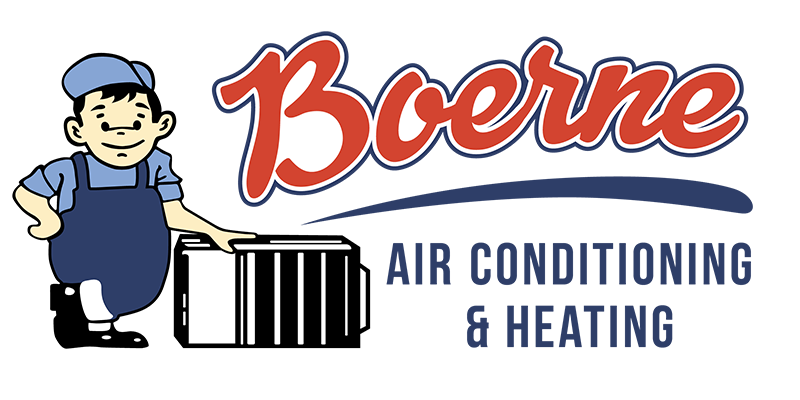26 Jan Alternate Between AC & Heating Thermostat Settings Properly
With the weather in Texas, and across the nation, being so unpredictable these days, you may be wondering whether it’s a good idea to turn on your heat one day and then your air conditioning the next day. The answer is, yes, but only when implanting a few best practices. After all, the most important thing is to keep the temperature in your home nice and cozy, no matter what it feels like outdoors.
To ensure alternating between your heater & cooling thermostat settings doesn’t negatively impact your HVAC unit, consider these best practices:
Wait for System Adjustment:
Allow the HVAC system a few minutes to adjust before changing the thermostat setting. This gives the system time to stabilize and switch between heating and cooling modes.
Set a Reasonable Temperature Differential:
Avoid setting extreme temperature differentials between cooling and heating modes. A common recommendation is to set the cooling mode 10-15°F lower than the heating mode. This helps prevent rapid cycling and reduces strain on the system.
Use “Auto” Mode:
Instead of using the “On” fan setting, use the “Auto” mode. In “Auto” mode, the fan operates only when heating or cooling is actively running. This helps save energy and prevents unnecessary wear on the fan.
Get Regular Maintenance:
Keep your HVAC system well-maintained. Regularly clean or replace air filters, check ducts for leaks, and schedule professional maintenance. A well-maintained system operates more efficiently and experiences fewer issues during transitions between heating and cooling. Checkout our maintenance packages.
Use A Programmable Thermostats:
Consider using a programmable thermostat that can automatically adjust the temperature based on your schedule. This can help optimize energy usage and reduce the need for manual adjustments.
Make Gradual Adjustments:
When transitioning between heating and cooling seasons, make gradual adjustments to the thermostat rather than abrupt changes. This allows the HVAC system to adapt more smoothly.
Check for System Compatibility:
Ensure that your HVAC system is compatible with frequent mode changes. Older systems or those with specific designs may benefit from less frequent adjustments.
Optimize Home Insulation:
Improve the insulation of your home to reduce the workload on your HVAC system. A well-insulated home requires less energy to maintain a comfortable temperature.
Understand Optimal Temperatures:
Learn about the optimal temperature settings for both heating and cooling to achieve comfort without unnecessary energy consumption.
Consider Zoning Systems:
If feasible, consider installing zoning systems that allow different areas of your home to be heated or cooled independently. This can optimize energy usage based on specific needs.
Always refer to your HVAC system’s user manual for specific guidelines and recommendations. If you are unsure about making thermostat settings adjustments, give us a call. Our professional HVAC technician can provide guidance tailored to your specific system.
